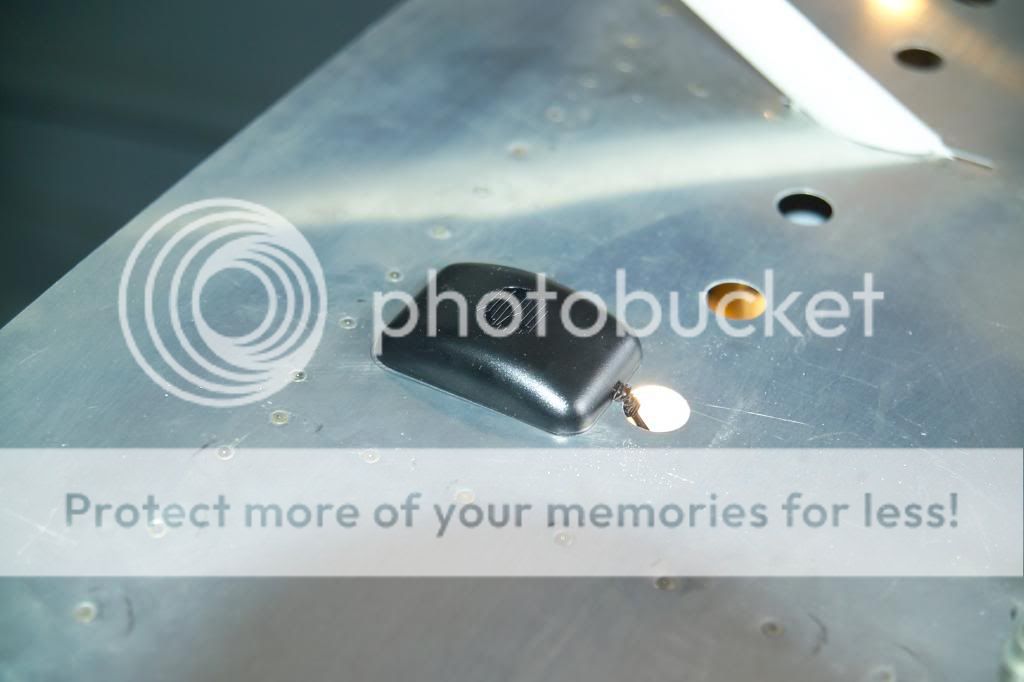comfortcat
Well Known Member
I'm thinking of Two heater control valves in the firewall. One for heat, one for a defroster. Like a pair of TG-10's
Anyone do that?
Dkb

Anyone do that?
Dkb
Just use a computer fan. It solves two issues. The first is to function as a defroster and the second is to move warm air away from you avionics. Your avionics will heat the air warm enough to function as a defroster. many RV-10 folk, leave these on all the time to keep there stack cooler.
If you use a line from the heater, that air is too hot and you'll risk melting and/or distorting your canopy.
On a Cherokee, the defroster is fed from the heater and the vent is directed aft across the glare shield. I've seen some pretty ugly results from folks that think that the vents are on backwards and flip them toward the window. The acrylic starts turning yellow pretty quick.
I do not usually disagree with Mr. Leffler but I have the system, I have the experience with the defroster in the RV and I believe he and the previous poster are wrong! I also have a avionics cooling fan that operates continuously as soon as I turn on the avionics master switch and two large vents in the sheet metal below the windshield behind the instrument panel. If the windshield is fogged over with frost or whatever IT WILL NOT BE REMOVED BY OPERATION THE AVIONICS FAN! It is not often needed here in northwest Arkansas where we have a nice hangar and the climate is mild but when we need it our defroster system is turned on and it clears the windshield in front of the pilot only. Once in route I turn the defroster off providing heat for me and the the windshield remains clear. My routing and flattened end shape is positioned at the edge of the left avionics heat vent on the forward side pointing back toward the pilot very similar to the configuration on the Piper Archer II which we owned for 22 years that I often used the defroster on with no detrimental effects. I have 8 years of operation on our RV-6A with effective operation and no detrimental effects. I am far more concerned about capturing the heat around the exhaust system and routing it into the cockpit than I am about damaging the windshield from the minimal heater system in our RV. In over 30 years of ownership of aircraft with this exact type of defroster I have never experienced a problem but I have a friend who owned a Cessna 182 that barely got the plane landed before passing out from CO. The other three in the plane were incoherent, one collapsed on the ramp after getting out of the plane and everyone in the plane had to be taken to the hospital for recovery. As you might guess I don't use the heater unless it is necessary and if I don't enable the heat system the defroster is not enabled either. If you can't see out of the windshield it is a problem that needs a system that will clear it reliably. If you are not a traveler faced with all of the different conditions and demands of serious travel then you don't need a heater system or a defroster system and you will be safer without them. If you need them, I have built this system and it works!
Bob Axsom
If I were doing it now I think I would work it out where I had zero control boxes on the firewall but alas if a frog had wings ...
Control/Effect
L R /Pah Pih Pid
0 0 /0 0 0
0 1 /1 1 0
1 1 /1 0 1
1 0 /0 0 0
All functions perform very well as intended and have been used several times in the past eight years.
Bob Axsom
Bob Leffler raises an important point about too much heat on plastic wind screens. My Skyhawk did not have a fan on the defroster, and seems to work OK. Bob L: How about an air door at the heat inlet: one way to footwell and one way to defroster?
Does anyone have pics?
advTHANKSance!
Dkb
You don't mention which RV that you have. You will need to make a determination if the heat temps are appropriate for your model RV. I only have experience with RV-10s, which has too much heat being produce. Judging from Bob's comment, the other models may not be so efficient.
If you are not a traveler faced with all of the different conditions and demands of serious travel then you don't need a heater system or a defroster system and you will be safer without them. If you need them, I have built this system and it works!
Bob Axsom

